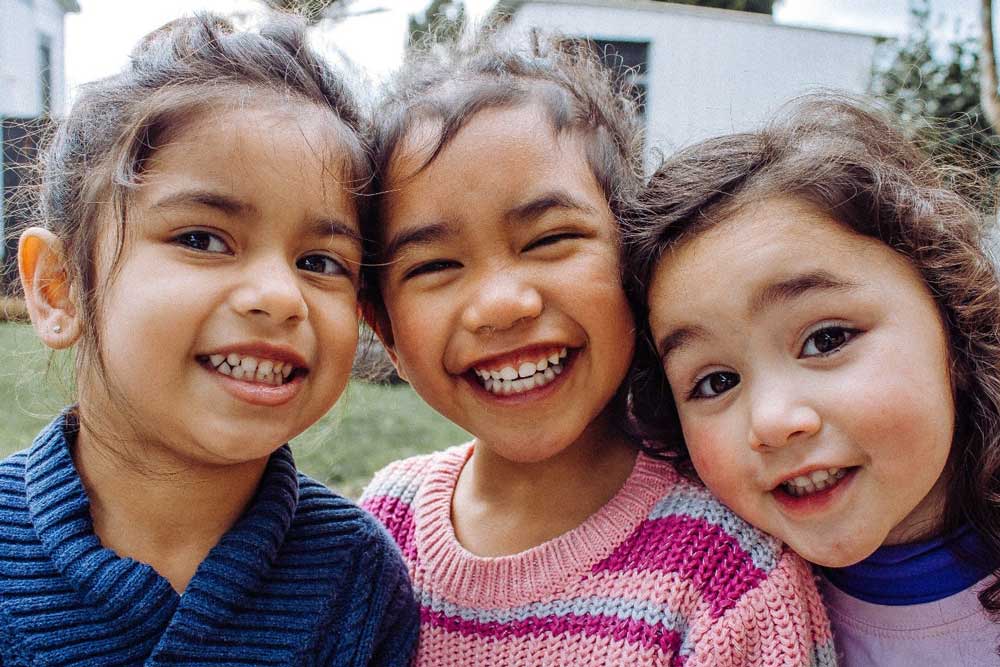
Good friendships are truly valuable. In fact, friendship is so important in Judaism, that the rabbinical commentators taught, “K’nei lecha chaver,” or acquire for yourself a friend. What’s interesting is that the word k’nei literally means “to buy,” suggesting that friendship is a precious commodity that requires actual work to achieve and maintain.
Friends must learn to anticipate one another’s needs, to listen, and to compromise. Knowing how to treat people well is part of learning how to become a good friend. It takes time for children to learn to control their emotions and impulses, and some children will find it harder than others. However, if you keep supporting and guiding them, your children will begin to understand how their behaviour affects others. They’ll slowly develop the skills and awareness to create some beautiful friendships and they’ll be able to show their friends how much they mean to them.
Here are some ideas to help children learn about friendship and what it means to be a good friend:
-
Learning to share
This is an ongoing lesson for children, and it can be tough depending on their stage of development – at times, it’s very hard for toddlers and pre-schoolers. Encourage sharing within playtime activities and praise children when they share well with others. If your child is struggling to share, maybe ask them how they feel when their friends don’t share with them. Then ask them to think about their friends’ feelings, and what could they do to help their friends feel better.
- Taking turns
Learning to play well with others can be difficult for young children, so help them by setting up simple games where each person takes a turn. Cheer when someone does well, and talk about how important it is to let others have their turn and to celebrate other’s achievements.
- Describe friendship
Talk to your children about what friendship is and give some examples about how friends treat each other. Ask them who their friends are, and how they show them that they’re their friend. Ask them how it feels to have a good friend – you could show them pictures of expressive faces for them to choose from if they struggle to describe their feelings.
- Socialize with other children
Making new friends is a skill in itself, so try and take your children to new activities or social situations where they can meet new friends and practice their social skills. Have play dates with their current friends too and see how they interact. Be on hand to help them when necessary.
- Help them to resolve conflicts
Children often have the answers to arguments within them, but they struggle to handle their emotions. When conflict happens, help them to calm down and then ask them how they could solve the problem. You might be surprised at how well they can problem solve and work together to resolve the issue. However, this does take some maturity, so don’t expect too much from little ones.
- Activities and stories
Read stories and do lots of activities about friendship with children. Create posters with words and pictures that describe what friendship means, such as kindness, sharing, listening, helping etc. Ask them to decorate these and talk to them about it as they’re doing it.
- Give them ownership and goals
Ask your children to complete this sentence on a special card or poster before decorating it and hanging it on the wall (you can write it down, or they can, depending on their age): “I will show that I’m a good friend by…”. If they’ve been having struggles with friendships or certain parts of being a good friend, like sharing, you can tweak the sentence to give them a goal; “To show that I’m a good friend I’m going to try harder at…”.
More
5 Tips for Making Sure Playdates Are Fun For All Children
8 Books About Teamwork and Friendship
20 Beautiful Children's Books About Being a Good Friend
How to Keep in Touch With Faraway Friends
November 12, 2019